What is Website Accessibility?
Website accessibility isn’t simply a convenience, it is a legal requirement. And, even if it wasn’t, it is still non-negotiable. Everyone has the right to use the internet, and as web designers and business owners, we have a responsibility to remove barriers of access to websites.
Join
Infoserve as we explore the basics of web accessibility, and what you can do to make sure your website is accessible to everyone.
What is web accessibility?
Website accessibility is the process of creating web pages that are usable by everyone, including those with both physical and cognitive disabilities. This can be achieved through design features and coded elements that make it easy for anyone, regardless of ability, to interact with every area of the web.
Web accessibility encompasses all disabilities including:
- Auditory
- Neurological
- Physical
- Visual
- Vocal
- Cognitive
As well as making the web accessible to people with disabilities, accessibility guidelines are also in place to allow people without disabilities, but with other barriers, equal access. For example:
- Those accessing a website where the primary language used is not their first language
- People whose ability to access the internet is impacted by ageing
- Anyone who does not have access to a fast internet connection due to their location or financial situation
- People whose limitations occur due to their social/economic situation
Who manages web accessibility?
Accessibility guidelines are outlined and managed by the Web Accessibility Initiative (WIP).
They are responsible for publishing and upholding the
Web Content Accessibility Guidelines (WCAG).
How to make your website accessible
The WCAG has determined that in order for a website to be accessible, it must be perceivable, understandable, operable and robust:
| Perceivable | Understandable | Operable | Robust |
|---|---|---|---|
| Users must be able to perceive or understand the content on your website | All content should be easily understood by everyone | Users must be able to use the website without disruption | Content should be easily digested by all users, including those who use assistive technology. |
But let’s dive a little deeper into how you can incorporate this on your website:
How to make your website perceivable
1. Offer text alternatives:
Every element of your website that isn’t text must have a text alternative. This is more commonly referred to as ‘alt text.’ Images, videos, and audio features must have text that ads context for anyone without the ability to perceive them clearly.
Alt text can be added easily through website editors, and is added to the HTML code of your website, making it easy for assistive technology to parse.
2. Offer alternatives for video and audio media:
Time sensitive media, and media that relies on audio processing as its main form of communication should be equipped with text alternatives like transcripts, captions and subtitles.
This makes it more accessible for people who are deaf, live with hearing loss, struggle to process auditory information, or are neurodiverse.
3. Structure content so that the information is clear in HTML:
Structured elements of your website like headings, lists, bold and italic text files should be written in a way that ensures they are still understandable if the structure was taken away.
4. Make content easy to see and hear:
Using strong colour contrast and including the option to increase text size makes content easier for people to read. You could include a function that allows users to increase or decrease the contrast of elements on your website so that the user can tailor this to their level of sensitivity.
For example, people with colour blindness or who have limited visibility can increase the contrast, whereas neurodiverse individuals with visual processing differences might wish to have less extreme colour contrast.
How to make your website understandable
1. Use simple language that everyone can understand:
Text elements on your website should be easy to understand by everyone including anyone with learning disabilities, and those who don’t speak English as their first language.
This means avoiding local slang, industry jargon without clarification, or complex idioms. To ensure inclusion in your writing, simple really is better.
2. Write useful error messages:
Error messages can be confusing and frustrating at the best of times, let alone to someone who doesn’t like unpredictability or is not tech literate.
Make your error messages clear, and outline in simple terms what your user can do next. For example, including links to another page.
Your error messages are not exempt from accessibility guidelines, so make sure they themselves are upheld to all web accessibility standards.
How to make your website operable
1. Ensure total functionality using the tab key on keyboards:
Make sure your website is operable by anyone who is unable to use a mouse or touchpad by ensuring you can successfully navigate every area of your website using the keyboard alone.
The most common application of this is making sure that you can jump between clickable features using the ‘tab’ key, and click on buttons using the ‘enter’ key.
2. Avoid using blinking or flashing content:
There was once a time when flashing and blinking images were state-of-the-art, but now it is recognised that this content can trigger epileptic seizures and autistic meltdowns. Therefore, you should avoid this altogether.
3. Provide consistent navigation options:
To ensure all users can operate your website without difficulty, keep the navigation predictable, simple and consistent across your website.
4. Give plenty of time to engage:
Sliding banners and videos are popular on websites, but you should always take into account that different people have different processing speeds, and that assistive technology must be able to keep up with moving elements.
We would recommend:
- Giving users a clickable button that allows them to move through sliding elements in their own time
- Allowing any videos to be paused or rewinded
- Making sure drop down menus don’t disappear as soon as the mouse moves elsewhere on the screen
How to make your website robust
1. Write HTML that can be parsed easily:
Assistive technology allows disabled users to use laptops, monitors, tablets and phones without the assistance of another, however, this only works if your website is amenable.
These technologies translate HTML files into a format that is recognisable as text. Therefore, your HTML should be well written and correctly formatted.
Not sure where to start?
At Infoserve, we build websites that everyone can use. Our web design experts are on hand to help you create and build a UX first website with accessibility built in, and our PPC and SEO team help your website get found.













